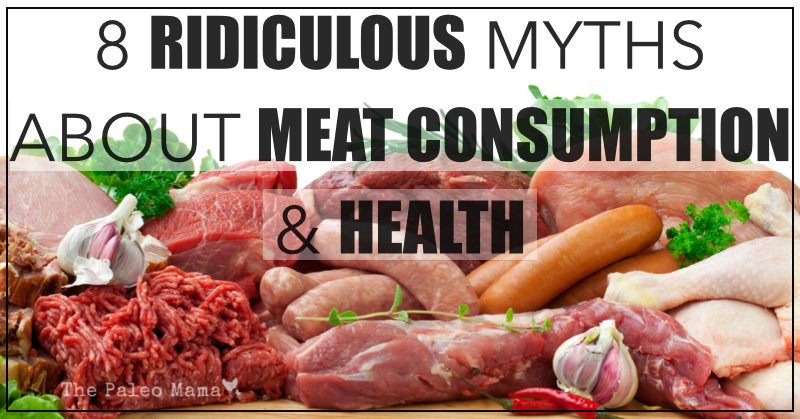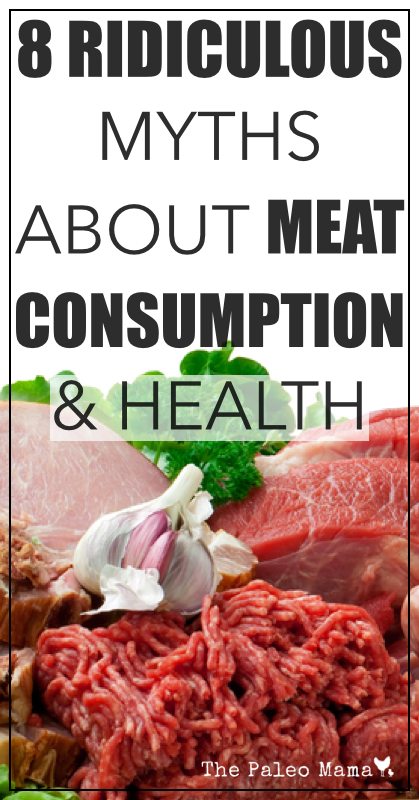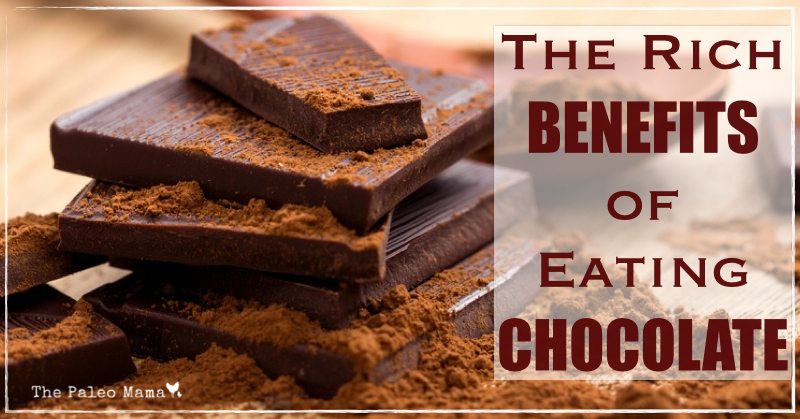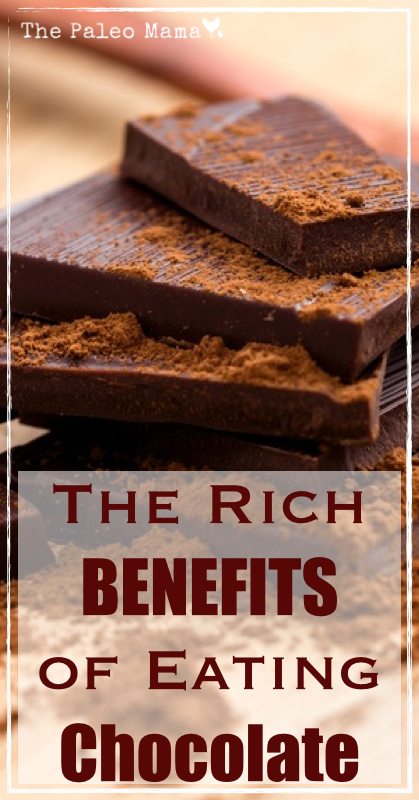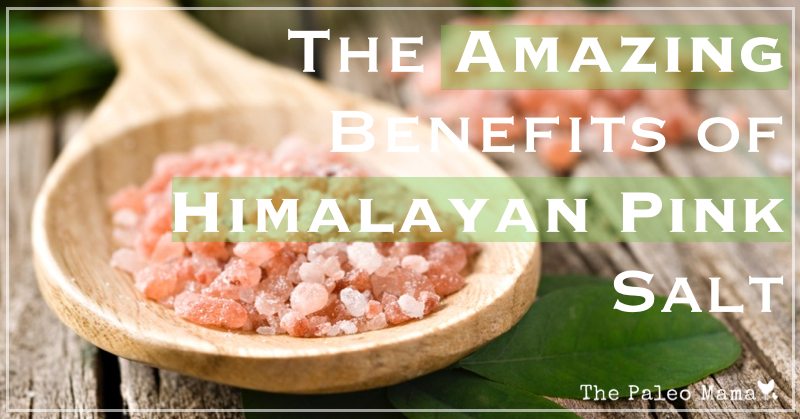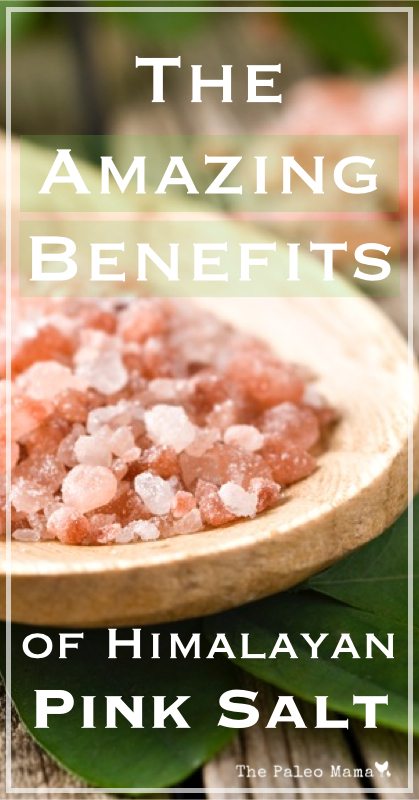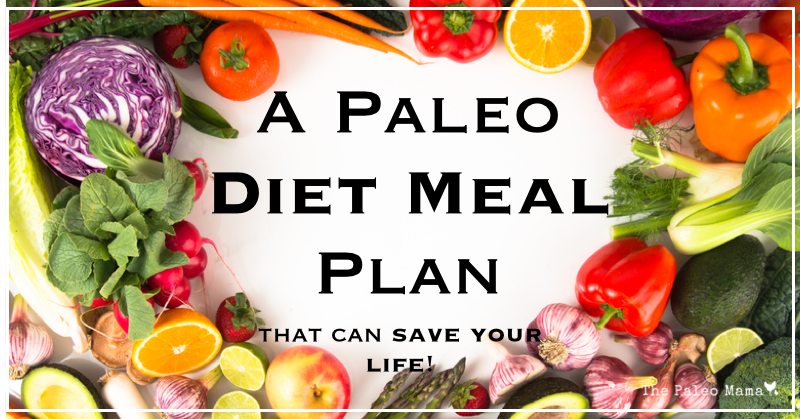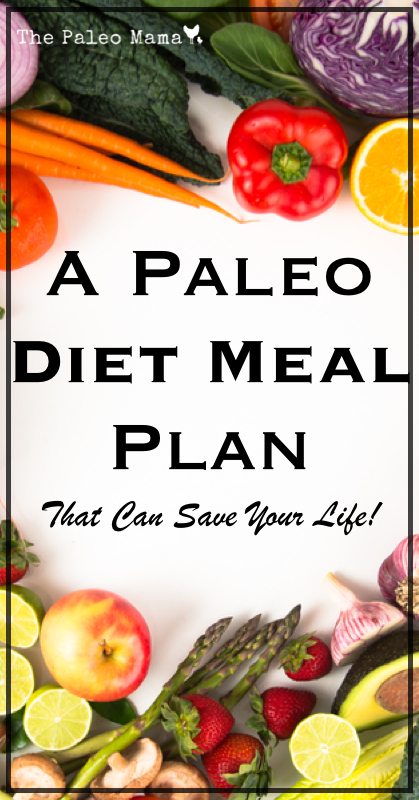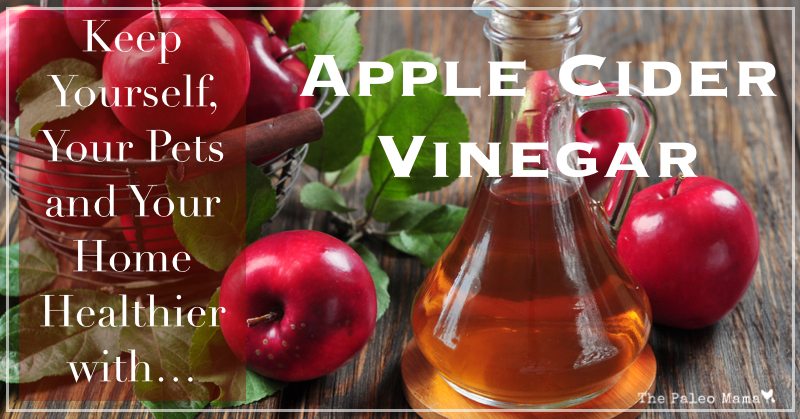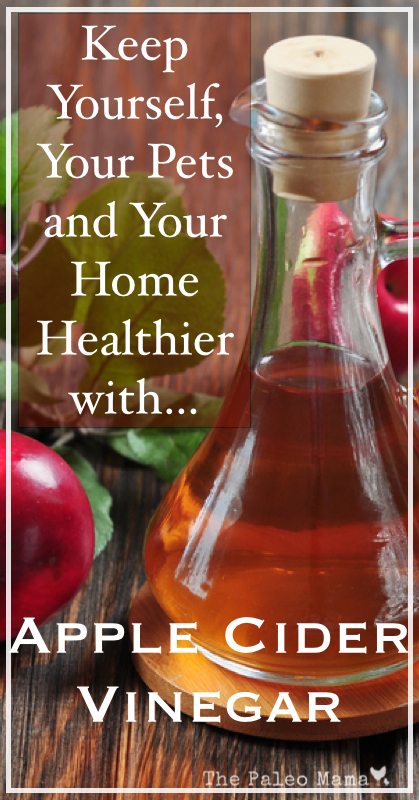
Health.com lists some of the food ingredients that are not only historically considered to be aphrodisiacs, but have modern-day science backing up their claims:
- Avocados: Avocados are rich in heart-healthy fats, and anything that keeps your heart beating strong helps keep blood flowing to the right places.
- Almonds: Almonds are nutrient-dense and rich in trace minerals that are important for sexual health and reproduction, such as zinc, selenium, and vitamin E.
- Strawberries: Strawberries are an excellent source of folic acid, a B vitamin that helps ward off birth defects and may also be tied to higher sperm counts.
- Seafood: Oysters are one of the best sources of zinc, and oily fish like wild salmon and herring contain heart-healthy omega-3 fats.
- Arugula: Arugula contains trace minerals and antioxidants that block absorption of environmental contaminants thought to negatively impact your libido.
- Figs: Figs contain fiber, which is important for heart health.
- Citrus: Any citrus fruit is rich antioxidants, vitamin C, and folic acid, all of which are essential for men’s reproductive health.
The word “aphrodisiac” has its roots in Greek mythology, based on Aphrodite, the Greek goddess of love who is said to have emerged from the sea atop an oyster. Given this dramatic visual, it isn’t too surprising that the bivalve upon which the Love Goddess was perched is generally regarded as the world’s oldest aphrodisiac.
Casanova was reported to have consumed more than a dozen oysters each day to keep his sexual energy in peak form.
Oysters are rich in zinc. Zinc is important for sperm and testosterone production, playing a role in libido for both men and women. So it’s understandable from a scientific viewpoint that oysters would be good for your sex drive.
A variety of edibles have been reported through the ages as “foods with benefits,” including carrots, asparagus, anise, nutmeg and clove, arugula, basil, pepper, mustard, nettles, sweet peas, fennel, pistachios, and even snails, to name a few.
But do any of these foods REALLY perform?
Aphrodisiacs of the Ancient World—Some Are Quite Amusing
Despite thousands of years of literary and anecdotal interest in libido enhancing foods, actual scientific studies are quite scarce, and most studies to date focus on drugs and hormones, as opposed to foods with purported aphrodisiacal properties.
Despite this fact, human history is brimming with folklore about foods that can give you that sexual nudge.
Aphrodisiacs were first sought as a remedy for various sexual anxieties and for increased fertility, since procreation has historically held important moral and religious significance. One of the key issues in early times was nutrition. Food was less readily available than it is today, and poor nutrition often resulted in diminished libido and infertility.
But, some of the early theories are a bit bizarre, albeit amusing.
In Europe, Roman physician Galen (c. 129 – c. 200) wrote extensively about sexually stimulating foods, calling such foods “warm and moist” and also “windy,” or producing flatulence. He thought “wind” was needed to inflate the penis, causing an erection, so anything that made you gassy would also put lead in your pencil, so to speak.
Galen wasn’t the only one with sex on his mind:
- St. Thomas Aquinas wrote that aphrodisiac foods had to produce good nutrition and a “vital spirit,” attributing those traits to meat and wine.
- Between 40 and 90 A.D., Dioscordes (considered to be the founder of pharmacology) wrote about satiro, a kind of wild orchid he believed to be a powerful aphrodisiac.
- Others claimed that a wild forest plant called Stafylinos worked magic on sexual desire, so popular it gave rise to a drink called “the sex potion.”
- Chinese Emperor Huang Ti, 3rd Century author of the Handbook of Sex, regularly consumed a blend of 22 herbs mixed with wine and was reported to be one of the greatest lovers of all time.
Not all purported aphrodisiacs were so esoteric, however.
In old Egypt, honey was used in making potions said to cure sterility and impotence. Mead, a fermented drink made from honey, was consumed by “honeymooners” who believed drinking it would “sweeten their marriage.” Honey is rich in several B vitamins, required for testosterone, and in boron, which is important in the production of both estrogen and testosterone.
Potatoes, both sweet and white, were once considered to be aphrodisiacs in Europe, probably because they were a rare delicacy when they were first brought over from the Americas.
But here is some of the more bizarre aphrodisiac lore:
- According to WebMD, Aphrodite was said to hold sparrows as sacred and especially lustful, so ancient Europeans consumed sparrows—particularly their brains—as aphrodisiacs.
- A type of lizard called a skink was regarded for centuries to enhance your sexual prowess, a claim made by three notable authors of the time.
- Ambergris, derived from whale guts, is reported to have aphrodisiac properties, which actually has some support in animal studies. Ambergris has been found to increase the testosterone level in the blood.
Ever Noticed How Some Foods Resemble Human Genitalia?
Some foods have been considered aphrodisiacs simply because of their physical resemblance to human reproductive organs.
For example, mandrake root was eaten to increase desire and fertility because the forked root supposedly resembled a woman’s thighs. Even oysters and clams were thought to resemble female genitalia.
The similarities between the forms of foods and human reproductive organs is discussed by Encyclopedia Britannica as a way of understanding ancient beliefs:
“It has been suggested that man’s universal attribution of libidinous effects to certain foods originated in the ancient belief in the therapeutic efficacy of signatures: if an object resembled the genitalia, it possessed, so it was reasoned, sexual powers. Thus the legendary aphrodisiac powers of ginseng root and powdered rhinoceros horn.”
And if you think about it, many reported aphrodisiacal foods DO resemble human reproductive organs! For example, physicians often refer to ovaries as “almond shaped.” And, citrus fruits could be described as having a very round, “breast-like” form. Avocados and figs look a bit like the human uterus.
And coincidentally, did you know it takes an avocado about 9 months to go from blossom to fruit?
If you think about it, many foods actually resemble the body parts they’re good for. Obviously, many folks HAVE thought about it, as you can see by the numerous articles on the topic.
Regardless of whether or not you believe a food can put you in-the-mood, your sexuality is connected to your longevity. And a healthy sexual relationship is an important part of any long-term romantic partnership.
Now, before you are tempted to put in your best Kenny G album and sit your sweetheart down to a platter of steaming skink flesh and sparrow brains, you might want to check out this list of superfoods that raw foodist David Wolfe touts as his “top five” libido enhancers—as a more palatable alternative.
Lifestyle Choices that Can Make or Break Your Sex Life
If you’ve done your homework, you’ll find it’s becoming more and more evident erectile dysfunction (ED) is merely a symptom of an unhealthy lifestyle, and no amount of drugs can cure that.
If you are experiencing erectile problems, it is very likely your symptoms will improve or disappear altogether if you simply implement the following:
- Follow a proper diet and severely limit your sugar intake, which will normalize your insulin
- Optimize your vitamin D level
- Engage in adequate physical activity on a regular basis
- Get plenty of restorative sleep
- Avoid medications, many of which can cause or exacerbate impotence
- Avoid smoking and excessive drinking
- Address your stress level; my favorite tool for this is the Emotional Freedom Technique (EFT)
If you are already following the above suggestions but continue to struggle with erectile or libido issues, there are some supplements you might find helpful.
Supplemental Ways to Enhance Sexual Function

We are all aware that drugs like Viagra are used for erectile dysfunction. They work by increasing your nitric oxide production, which relaxes your blood vessels, which in turn increases the blood flow to the penis.
However, the price you pay for these ED drugs is a slew of potentially dangerous side effects—including heart disease, stroke and sterility—conditions that clearly will not lead you to a long, healthy, romance-filled life.
But there are natural agents scientifically proven effective against ED when used alone or in various combinations, and they are MUCH SAFER than pharmaceutical drugs.
Several worth mentioning are:
- Panax ginseng
- Maca root (Lepidium meyenii), a medicinal plant from Peru
- L-arginine
- Yohimbine, an alkaloid from the Yohimbe plant
- Choline and vitamin B5
Research shows that coronary artery disease underlies some forms of erectile dysfunction. In fact, 75 percent of men with heart disease have problems with erections. L-Arginine increases the action of nitric oxide—similar to drugs like Viagra, but WITHOUT the potentially dangerous side effects.
Scientific studies have shown that L-arginine can be particularly effective when used in combination with two other natural agents:
- L-arginine and yohimbine were found to increase sexual arousal in a 2002 study of postmenopausal women with sexual arousal disorder.
- L-arginine and pycnogenol resulted in significant improvement in sexual function in men with ED, according to this 2003 study.
In terms of dosage, a pilot study published in the journal European Urology found 6 grams of L-arginine combined with 6 mg of yohimbine was successful in treating men with ED.
Panax ginseng and Maca root have been used for centuries as libido-boosters. The amino acid L-arginine can be helpful, especially if your ED is related to cardiovascular disease, for the following reason.
Finally, the combination of choline (1,000-3,000mg) and vitamin B5 (500-1,500mg), help you build acetylcholine (ACH), which is one of the neurotransmitters in your brain responsible for transmitting sexual messages. If you chose to use choline I would recommend sources from sunflower lecithin rather than soy lecithin.
Please understand, there is no “magic potion” for treating sexual function. But hopefully this overview has given you some food for thought on foods for sex.
